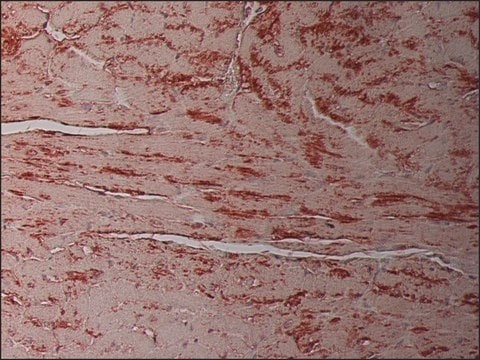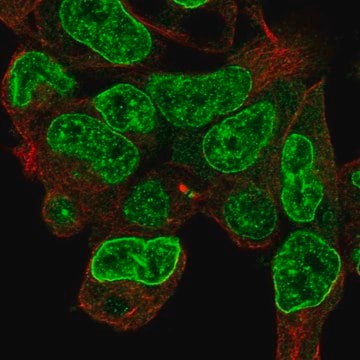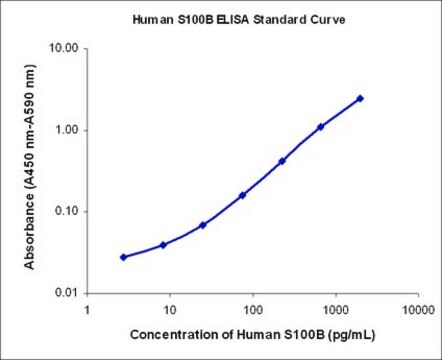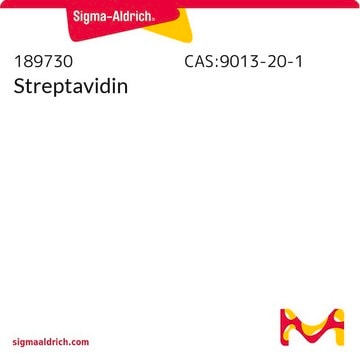The product issue you are reporting should be investigated by our Technical Service team who can assist you with further troubleshooting and/or investigation. We kindly ask you to navigate to the link https://www.sigmaaldrich.com/techservice, click on "Report Product Issues" under the Products Section with all the required information so that a member of our team can reach out to you to assist further. Thank you.
Wichtige Dokumente
T1192
Anti-Thymine Dimer antibody, Mouse monoclonal
clone H3, purified from hybridoma cell culture
Synonym(e):
Mouse Anti-Thymine Dimer, Thymine Dimer Detection, Thymine Dimer Mouse Antibody
Größe auswählen
Größe auswählen
About This Item
Empfohlene Produkte
Biologische Quelle
mouse
Qualitätsniveau
Konjugat
unconjugated
Antikörperform
purified immunoglobulin
Antikörper-Produkttyp
primary antibodies
Klon
H3, monoclonal
Form
buffered aqueous solution
Speziesreaktivität
chicken, wide range
Verpackung
antibody small pack of 25 μL
Konzentration
~2 mg/mL
Methode(n)
capture ELISA: suitable
dot blot: 0.5-1 μg/mL
immunocytochemistry: suitable
Isotyp
IgG1
Versandbedingung
dry ice
Lagertemp.
−20°C
Posttranslationale Modifikation Target
unmodified
Allgemeine Beschreibung
Immunogen
Anwendung
Physikalische Form
Sonstige Hinweise
Patents WO87/01134, EP 0233 177 B1
Haftungsausschluss
Sie haben nicht das passende Produkt gefunden?
Probieren Sie unser Produkt-Auswahlhilfe. aus.
Lagerklassenschlüssel
12 - Non Combustible Liquids
WGK
WGK 2
Flammpunkt (°F)
Not applicable
Flammpunkt (°C)
Not applicable
Hier finden Sie alle aktuellen Versionen:
Analysenzertifikate (COA)
Die passende Version wird nicht angezeigt?
Wenn Sie eine bestimmte Version benötigen, können Sie anhand der Lot- oder Chargennummer nach einem spezifischen Zertifikat suchen.
Besitzen Sie dieses Produkt bereits?
In der Dokumentenbibliothek finden Sie die Dokumentation zu den Produkten, die Sie kürzlich erworben haben.
-
When using PN T1192 as a primary antibody (1/200) on UV irradiated skin samples (IHC, Fresh frozen), I get no signal despite using a fluorescently labelled anti-mouse antibody as detection. The blocking is done with BSA.
1 answer-
Helpful?
-
Active Filters
Unser Team von Wissenschaftlern verfügt über Erfahrung in allen Forschungsbereichen einschließlich Life Science, Materialwissenschaften, chemischer Synthese, Chromatographie, Analytik und vielen mehr..
Setzen Sie sich mit dem technischen Dienst in Verbindung.






